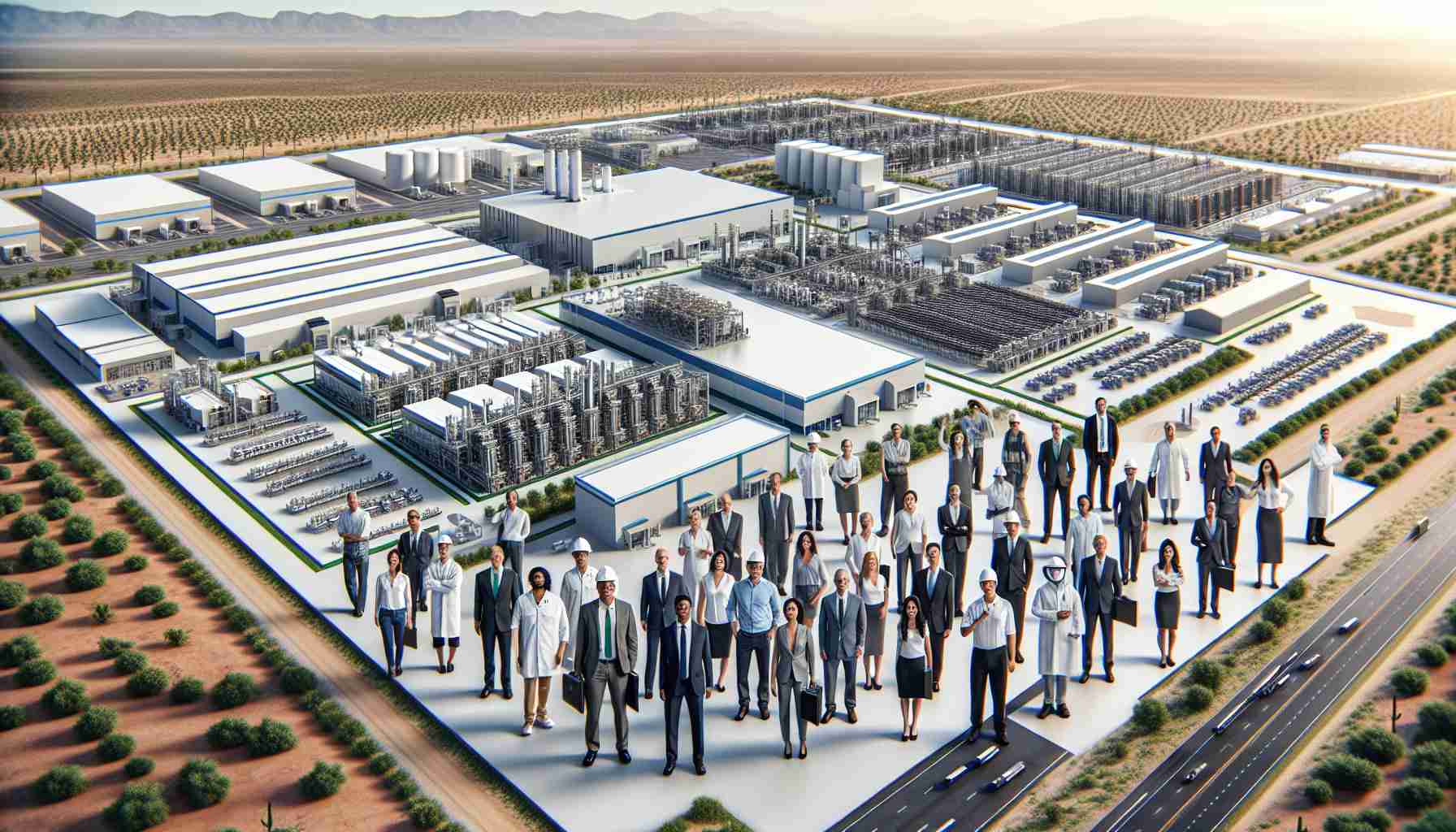Expanding U.S. Semiconductor Capabilities: Samsung’s Texas Growth
Samsung Electronics has made headlines as it embraced a substantial financial influx, up to $6.4 billion, underwritten by the CHIPS and Science Act. This catalyst will supercharge the extension of Samsung’s new semiconductor factory in Taylor, Texas. The recent visit of U.S. Secretary of Commerce Gina Raimondo underscored the celebration of this venture. Samsung Semiconductor’s leadership highlighted this will not only escalate production abilities in the Austin, TX area but also empower the nation in crucial technology sectors like automotive and AI.
Samsung’s Long-Term Commitment Bears Fruit
With a history of economic contributions in Texas stretching nearly three decades, Samsung Semiconductor’s investment tally at its Austin site has reached a formidable $18 billion. The new $17 billion project in Taylor promises to pivot the area into an advanced semiconductor manufacturing nexus.
Regional Industrial Expansion
Seoyon E-hwa Manufacturing Plant, a Tesla parts provider, is adding momentum to Texas’s industrial development with reported improvements to a Hutto, TX warehouse. These enhancements serve as a stepping stone to further economic growth inspired by Tesla’s recent operational expansions in the region.
Welcoming Westa Foods to South Texas
Westa Foods’ groundbreaking in the Port of Brownsville Industrial Park marks a $25 million private capital investment, potentially creating 120 jobs. Rick Carrera and Adam Gonzalez from COSTEP herald this debut as a testament to regional economic prosperity and the synergistic efforts of regional stakeholders, emboldening further investments in Rio South Texas.
Key Questions and Answers:
1. Why is semiconductor manufacturing important to the U.S.?
Semiconductor manufacturing is vital to the U.S. because it is the foundation of modern electronics, powering everything from smartphones to military hardware. A robust domestic semiconductor industry is crucial for national security, economic competitiveness, and technological leadership.
2. How does the CHIPS and Science Act facilitate semiconductor growth?
The CHIPS and Science Act provides financial incentives, such as grants and tax credits, to encourage investments in U.S. semiconductor manufacturing, research, and development. This is designed to strengthen supply chains and reduce dependency on foreign suppliers.
3. What economic effects does Samsung’s investment have on Texas?
Samsung’s investment is expected to create thousands of jobs, improve local infrastructure, and attract further investments from suppliers and other tech companies, bolstering the regional economy.
Key Challenges and Controversies:
– Supply Chain Security: One of the challenges is ensuring a secure and stable supply chain for raw materials and advanced manufacturing equipment, as semiconductor production is highly complex and reliant on a global network of suppliers.
– Workforce Development: Meeting the demand for skilled labor to run these sophisticated manufacturing facilities is another challenge. There is a need for investments in education and workforce training programs.
– Environmental Concerns: Semiconductor manufacturing can be resource-intensive, with concerns related to water usage, energy consumption, and chemical waste. Ensuring sustainable and environmentally friendly practices is a challenge that companies must address.
Advantages:
– Economic Growth: Such investments can significantly drive local economic growth, create high-paying jobs, and foster a skilled workforce.
– Technology Leadership: Boosting semiconductor manufacturing contributes to the U.S. maintaining its edge in technology and innovation.
Disadvantages:
– Infrastructure Strain: Large-scale manufacturing facilities can put a strain on local resources, such as water and energy supplies, and necessitate infrastructure upgrades.
– Competition: The proliferation of semiconductor fabs in the U.S. might heighten competition for limited resources and skilled workers.
Related Links:
– U.S. Department of Commerce
– Samsung Electronics
Note: Make sure to visit the above links only if you are seeking further official information from the U.S. Department of Commerce and Samsung Electronics.
The source of the article is from the blog meltyfan.es
